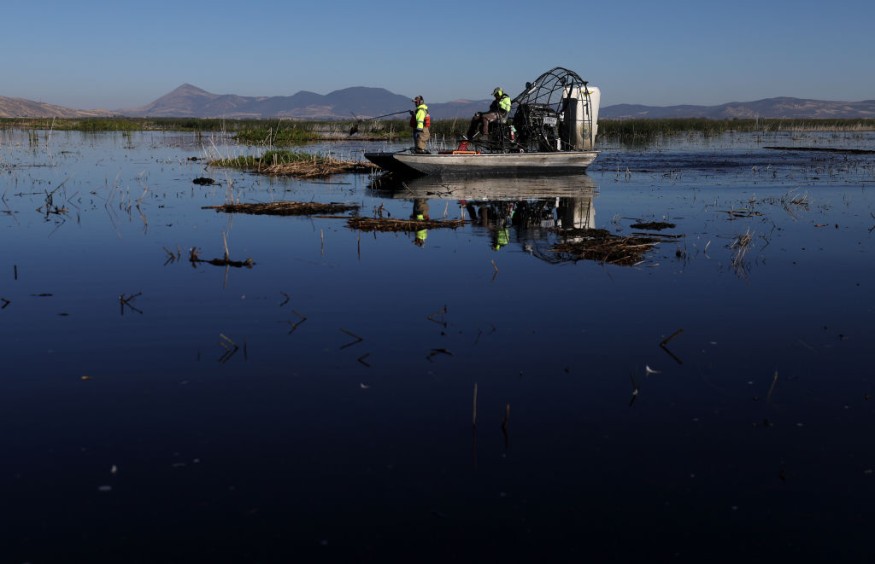
Salmon have made a historic return to Oregon's Klamath Basin for the first time in over a century, following the successful removal of four hydroelectric dams along the Klamath River.
The Oregon Department of Fish and Wildlife (ODFW) confirmed the exciting news on October 17, after biologists spotted a fall run of Chinook salmon in a tributary above the former J.C. Boyle Dam. This marks the first confirmed salmon sighting in the area since 1912, when the first dam was built along the river.
The salmon's return is the culmination of decades of effort by local tribes, environmentalists, and other allies. For over 20 years, these groups fought tirelessly to remove the dams that had blocked the fish's migration routes.
The dams were built more than 100 years ago, and their presence led to the near extinction of salmon populations in the river. By 2002, a significant fish kill spurred the tribes to take action, leading to years of protests, legal battles, and negotiations.
The removal of the dams, which began in 2023, is considered the largest dam removal project in US history. The effort aims to restore the Klamath River and its ecosystems, which had been severely damaged by the dams.
Read also: Spain's Deadly Floods: Hundreds of Bodies Expected as Rescue Teams Search Flooded Car Parks
The Return of Salmon to the Klamath River
These artificial barriers had not only harmed fish populations but had also divided the local communities. According to Leaf Hillman, a member of the Karuk Tribe, the removal of the dams is a "healing" for both the environment and the people.
The tribes, who rely on the river for their cultural practices and sustenance, expressed joy and pride in the return of the salmon. "The salmon are just like our tribal people, and they know where home is and returned as soon as they were able," said Roberta Frost, Secretary of the Klamath Tribes.
The significance of this moment extends beyond just the return of the salmon. It also marks the beginning of ongoing restoration efforts in the Upper Klamath Basin, which is crucial for ensuring the long-term health of the river and its ecosystems.
As the river continues to heal, tribes and environmental groups are focused on restoring critical habitats and ensuring safe migration routes for fish. Researchers are already observing signs that salmon are traveling upstream, reclaiming their ancestral spawning grounds for the first time in over a century.
The return of the salmon is not just a victory for the environment but for the local tribes, who have fought for years to protect their way of life. For them, this milestone represents a profound cultural renewal.
"We will hold the welcome home salmon ceremony for the first time in decades this spring 2025," said Sami Jo Difuntorum of the Shasta Indian Nation, according to USA Today.
© 2025 NatureWorldNews.com All rights reserved. Do not reproduce without permission.

